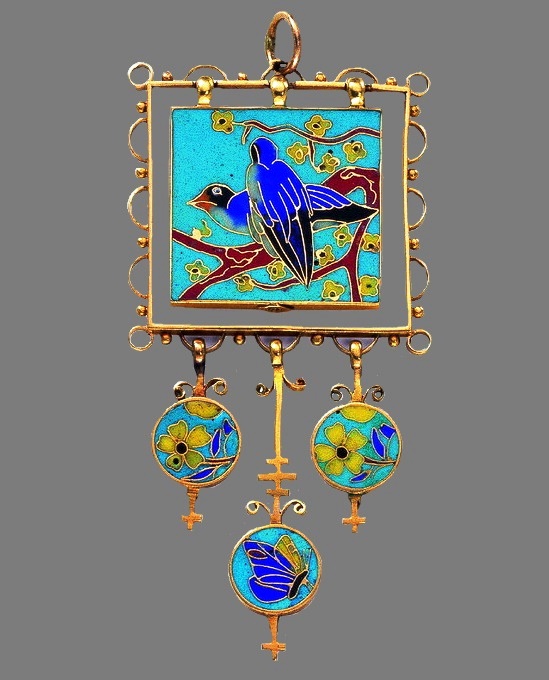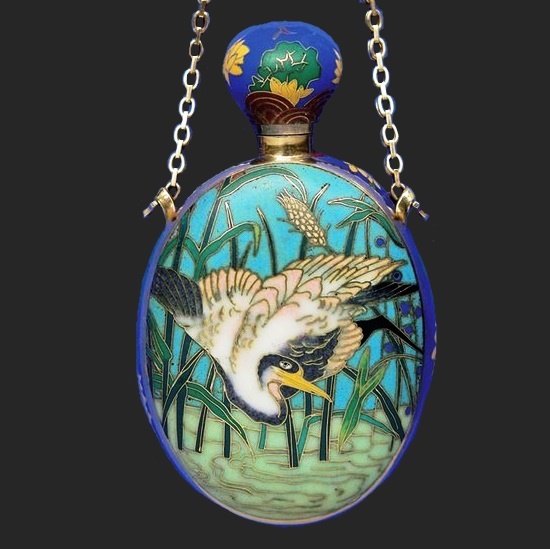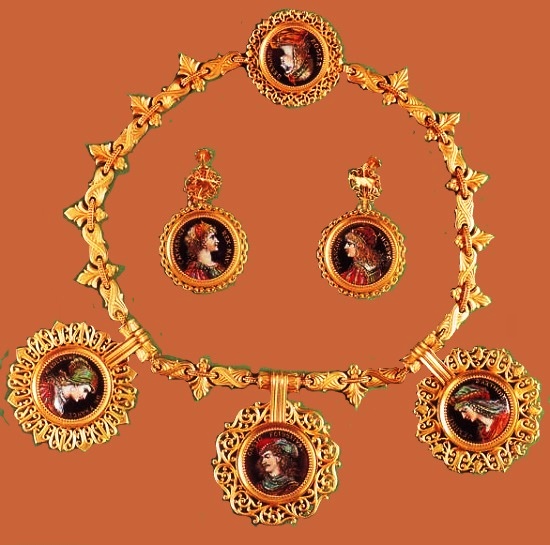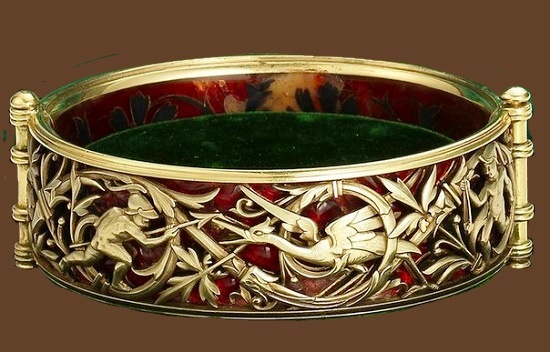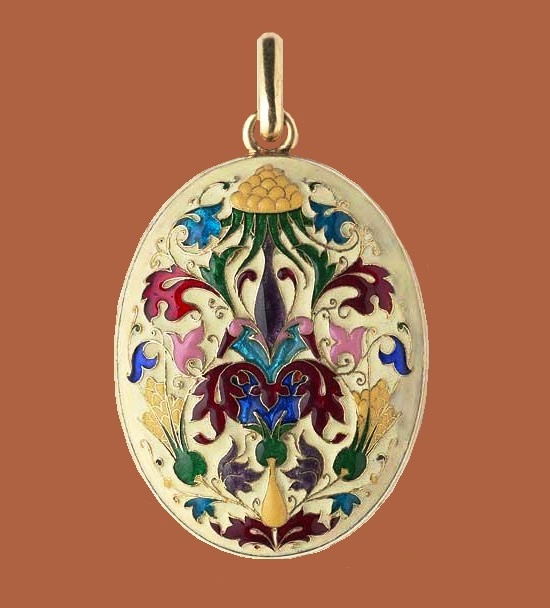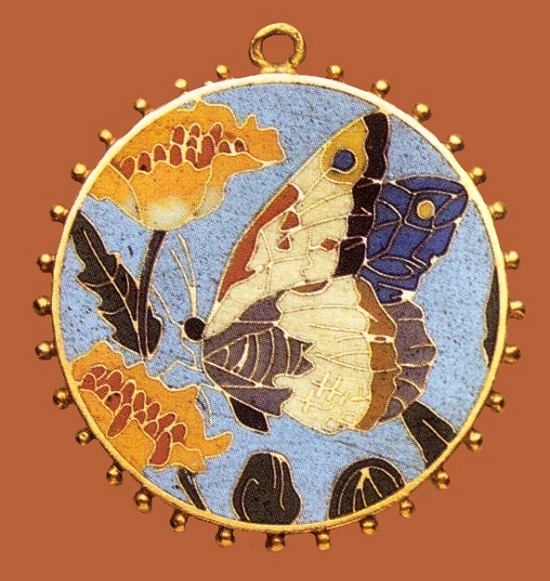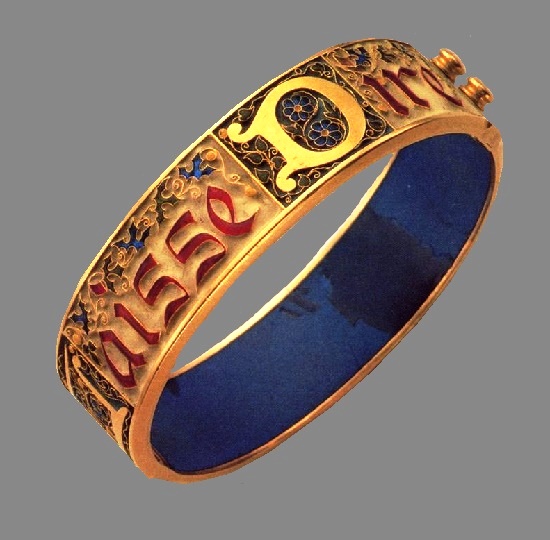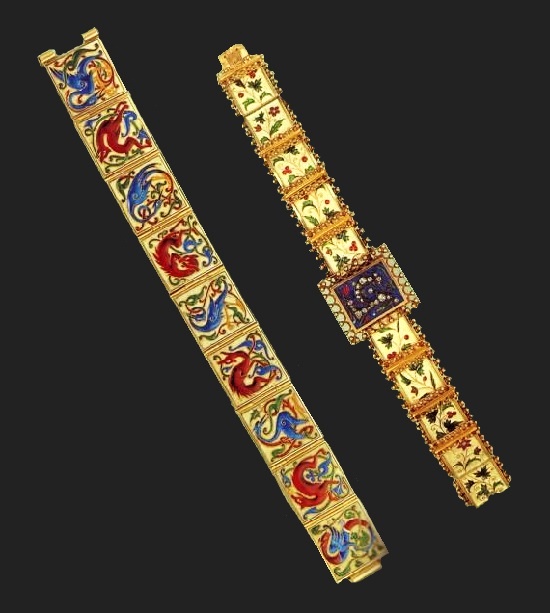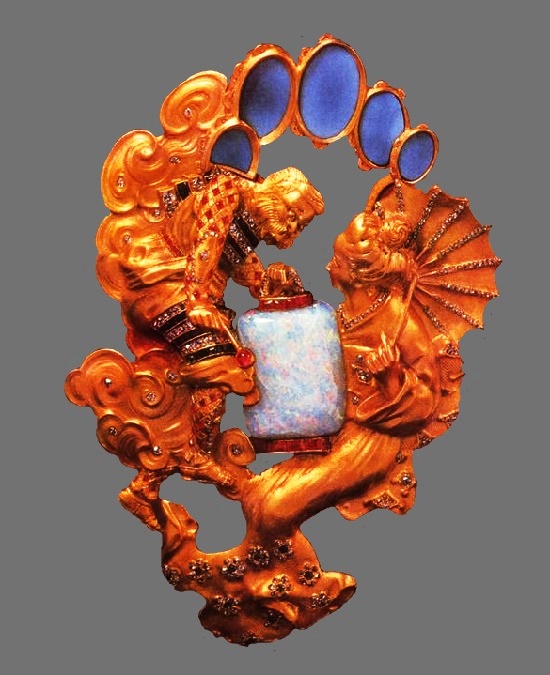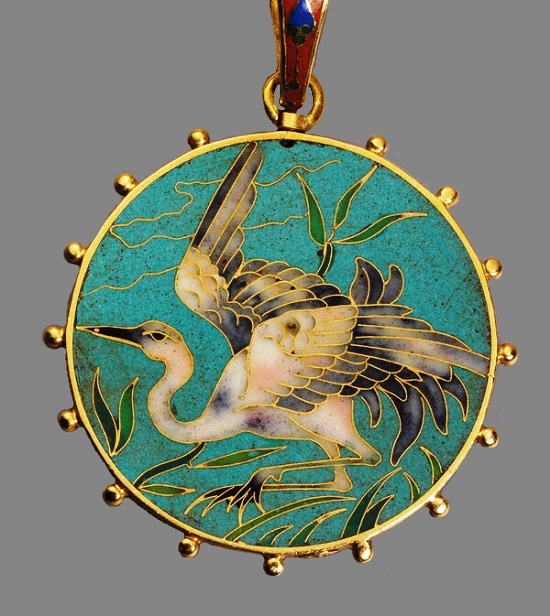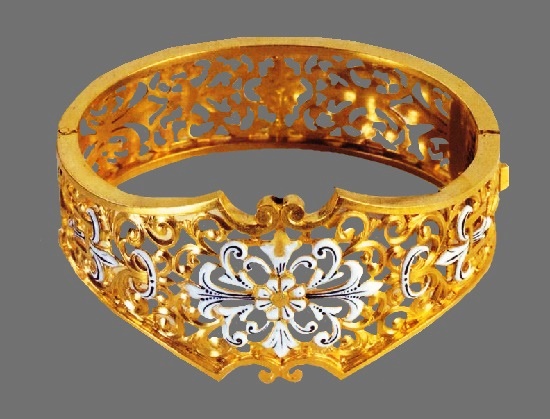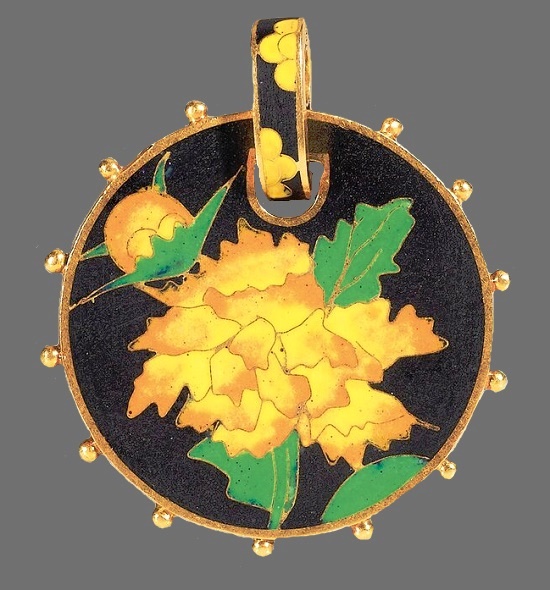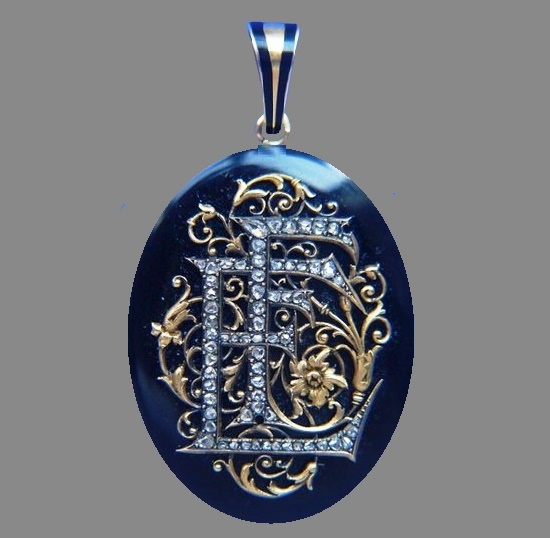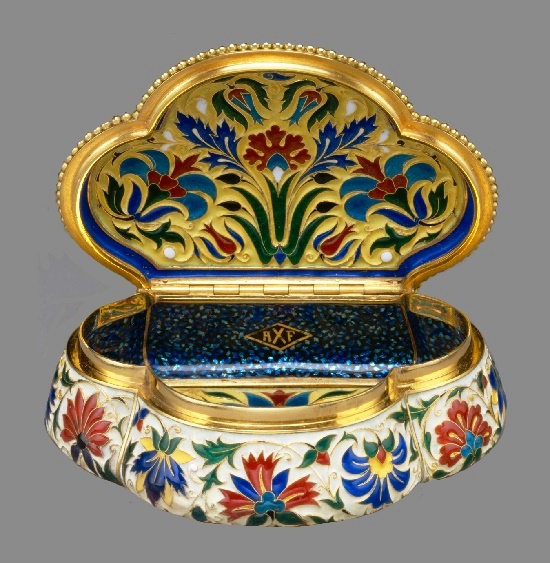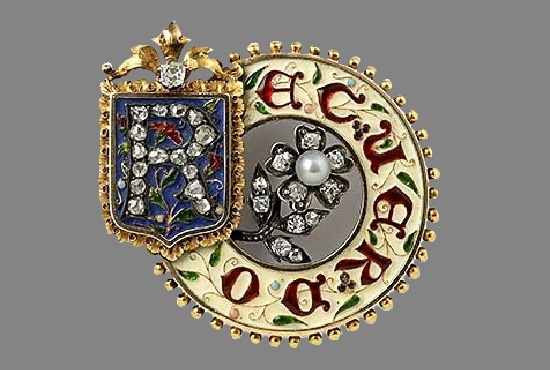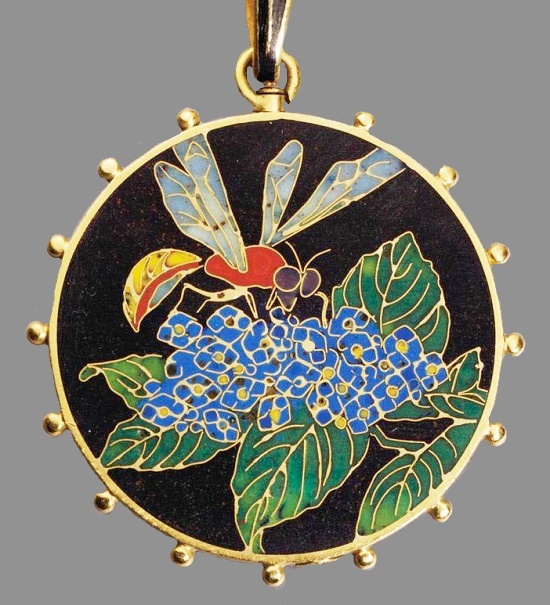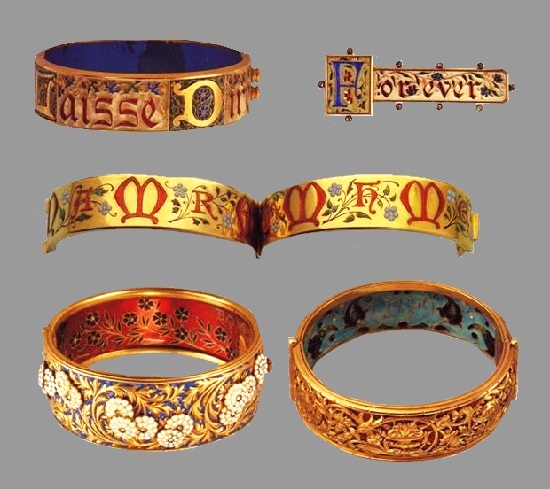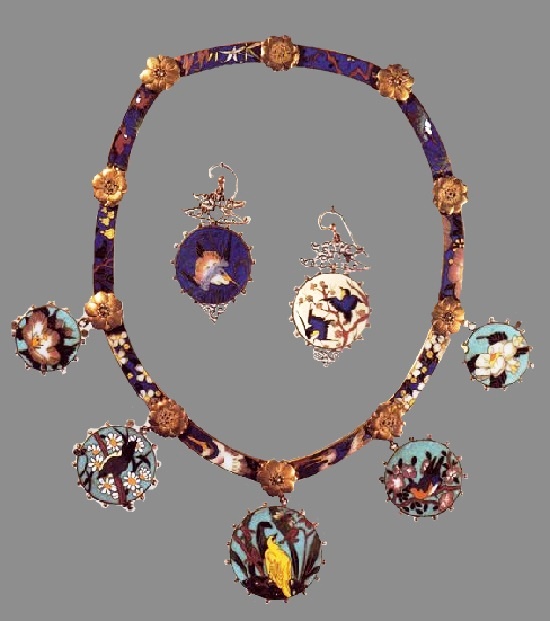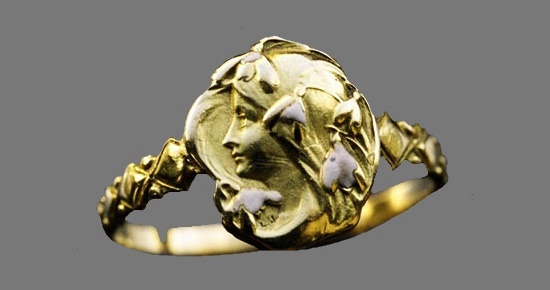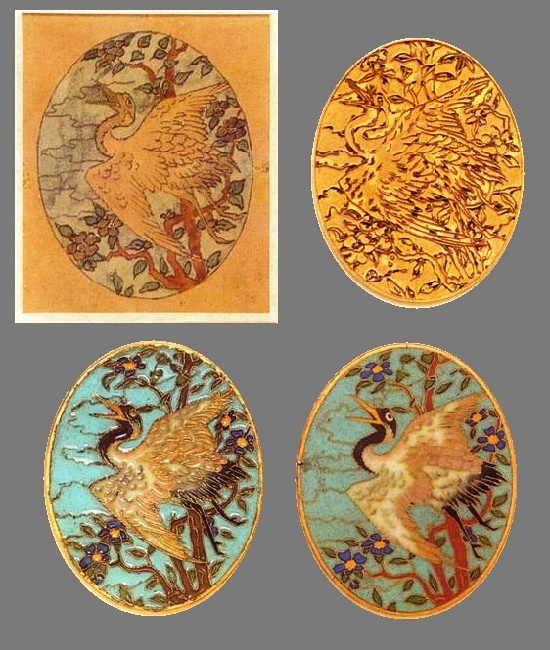Alexis Falize cloisonne enamel jewelry
Alexis Falize cloisonne enamel jewelry
French jeweller Alexis Faliz (1811-1898) was among the first jewelers to pay attention to the elegant stylization of Japanese art. The history of the brand began in 1832, when Alexis studied all aspects of the jewelry sphere: manufacturing, design, sales and accounting. In 1830s, he opened his own workshop.
Faliz specialized in “artistic” jewelry: using semiprecious stones, fine metal work and enameling. He experimented with enamels, while learning from the most talented enamellers of the time.
Later, often copied, his pieces aroused general interest due to the bright colors. Once he had already restored the production of Limoges enamels. And from 1860 to 1865 he devoted himself to the study of the eastern technique of cloisonne enamel. In collaboration with Antoine Tard, a talented master of enamels, he made amazing jewelry with opaque enamels in frames made of matte gold. Traditionally, with innovative motifs inspired by Persian, Indian and, above all, Japanese art.
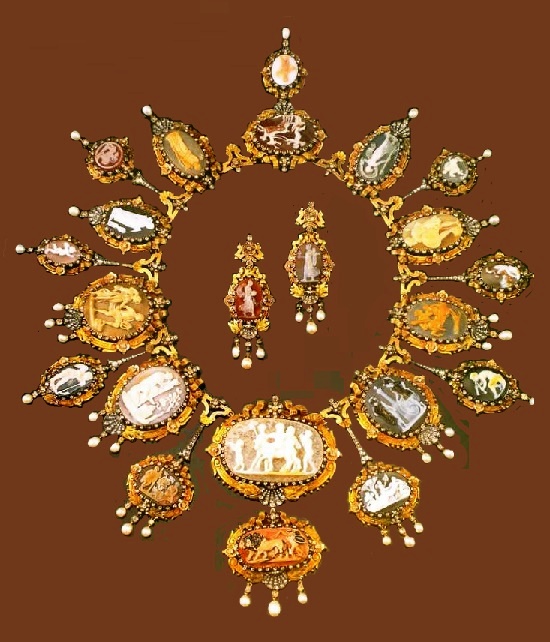
A rare necklace of the 1870s and a pair of earrings with a collection of cameos on the mythological subjects
When Alexis retired in 1876, his son, Lucien (1839-1897), took over the management of the workshops. Having received sufficient training for 20 years under the guidance of his father, Lucien took a worthy place at the helm. A highly skilled enamelist, jeweler and jewelry designer, his passion was the Renaissance and Japanese culture.
Falize cloisonne enamel jewelry
In 1878, the House of Falize won the Grand Prix for his products and the Order of the Legion of Honor at the International Exhibition in Paris. In 1878, Lucien combined his talent with the talent of Bapst, a former jeweler of the French royal family, and began to make jewelry for the Parisian wealthy nobility.
Until 1892, Bapst and Faliz enjoyed their own prosperity. During this time, Falize helped theorize the development of such direction as Art Nouveau by creating articles for Samuel Bing’s monthly magazine “Le Japon artistique”.
Lucien unexpectedly passed away in 1897.
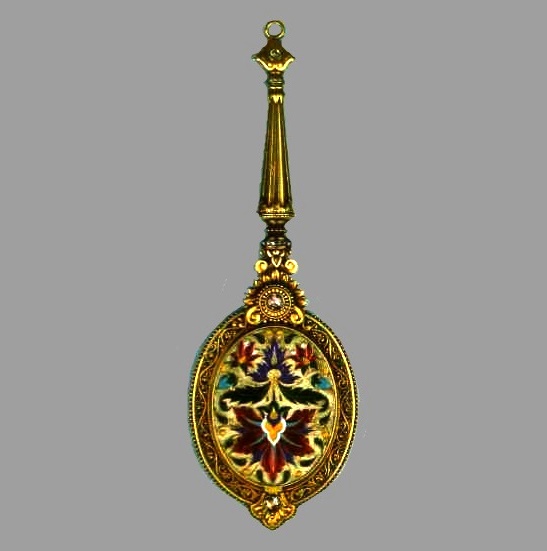
A pendant-mirror made of gold with enamel and diamonds. 1880. An excellent example of cloisonne enamel, with which the master worked
Alexis Falize cloisonne enamel jewelry
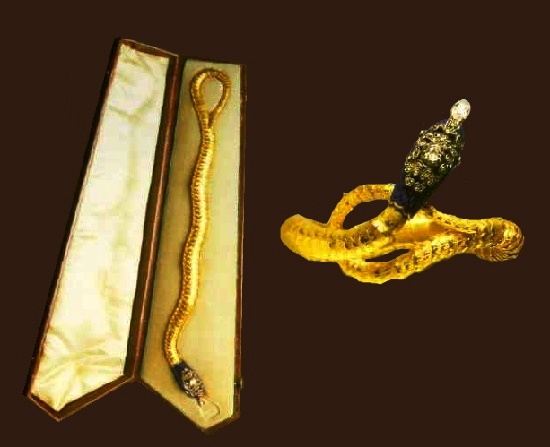
Bracelet. Gold, enamel and diamonds. Circa 1840. Rare original case in the form of a coffin. Pear-shaped diamond hanging from the mouth of a snake

Medallions with enamel, design by Lucien Falize, enamel by Tard. 1870. This set testifies characteristic for Falis passion for Japanese art
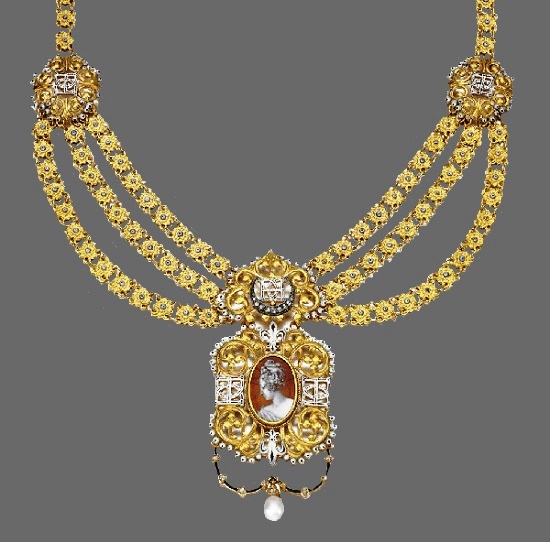
Necklace with centring on a copper and white enamel profile of a lady, monograms and fleur-de-lys, white and black enamel, rose-cut diamonds. 1880
